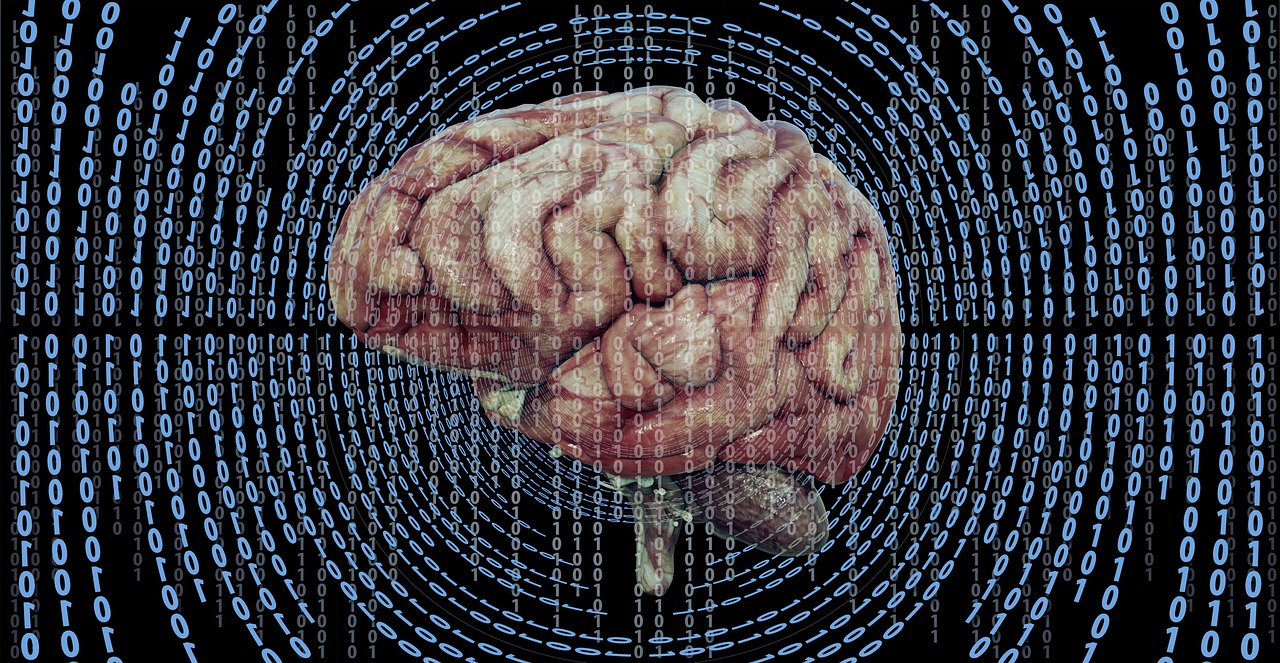Mental Health
Autism Affects Men and Women Differently
Autism affects men and women differently, new research suggests.
A new study found that the neural developmental disorder affects female brains differently than male brains.
Researchers at the Autism Research Center at the University of Cambridge used magnetic resonance imaging to look at how autism affects male and female brains. They found that the anatomy of the brain of someone with autism significantly depends on whether a person is male or female.
Researchers explain that brain areas that were atypical in adult females with autism were similar to areas that differ between typically developing males and females. They said this was not seen in men with autism.
"One of our new findings is that females with autism show neuroanatomical 'masculinization'," senior author, Professor Simon Baron-Cohen, said in a news release. "This may implicate physiological mechanisms that drive sexual dimorphism, such as prenatal sex hormones and sex-linked genetic mechanisms."
Autism is characterized by impaired social interaction and verbal and non-verbal communication. People with the disorder also exhibit restricted, repetitive or stereotyped behavior. Around 1 percent of the general population has autism, and the disorder is more prevalent in males. Researchers said most studies have therefore focused on male-dominant samples. Therefore, the general understanding of the neurobiology of autism is male-biased.
"This is one of the largest brain imaging studies of sex/gender differences yet conducted in autism. Females with autism have long been under-recognized and probably misunderstood," lead researcher Meng-Chuan Lai said in a news release. "The findings suggest that we should not blindly assume that everything found in males with autism applies to females. This is an important example of the diversity within the 'spectrum'."
Co-researcher Dr. Michael Lombardo said that while autism manifests itself in many different ways, classifying by gender may help provide a better understanding of this condition.
"Autism as a whole is complex and vastly diverse, or heterogeneous, and this new study indicates that there are ways to subgroup the autism spectrum, such as whether an individual is male or female. Reducing heterogeneity via subgrouping will allow research to make significant progress towards understanding the mechanisms that cause autism," said Lombardo.
The findings are published in the journal Brain.









Join the Conversation